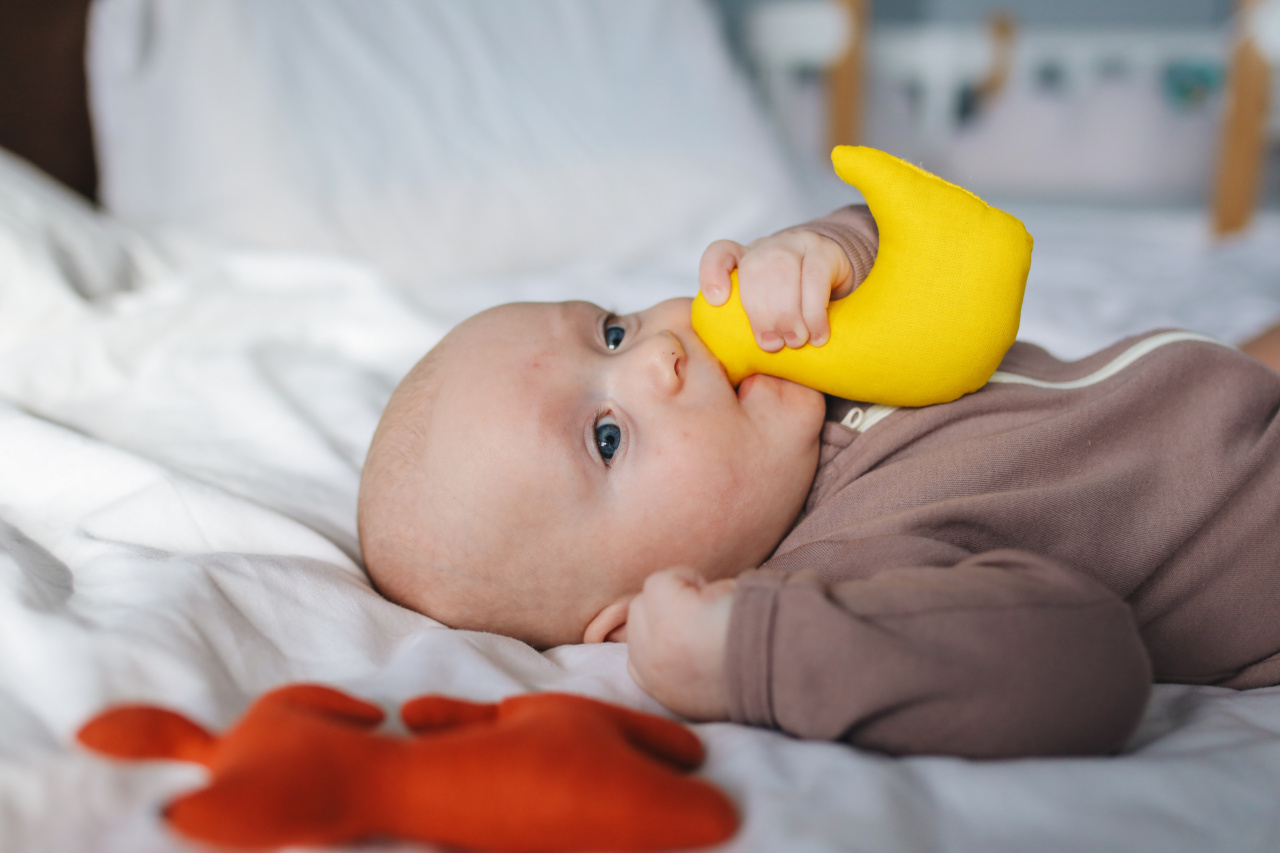As parents, we strive to create a safe and healthy environment for our children. From childproofing our homes to ensuring they eat a balanced diet, we do our best to protect them from potential threats.
However, there is a silent killer that often goes unnoticed – respiratory risks. These risks can have long-term detrimental effects on our children’s health and development. In this article, we will explore the various respiratory risks that affect children and how we can safeguard them.
1. Indoor Air Pollution
The air quality inside our homes can significantly impact our children’s respiratory health.
Indoor air pollution, caused by factors such as smoking, cooking fumes, cleaning products, and mold, can trigger or worsen respiratory conditions like asthma. It is crucial to maintain proper ventilation, regularly clean and disinfect our living spaces, and avoid smoking indoors to minimize these risks.
2. Secondhand Smoke
Exposure to secondhand smoke is particularly harmful to children as their developing lungs are more vulnerable.
Secondhand smoke contains numerous toxic chemicals that can cause respiratory infections, asthma, bronchitis, and even Sudden Infant Death Syndrome (SIDS). To protect our children, it is essential to create a smoke-free environment both at home and in public spaces.
3. Allergens
Allergens like dust mites, pet dander, pollen, and mold can trigger allergies and asthma in susceptible children. Regular cleaning, proper ventilation, and using allergy-proof bedding and upholstery can help minimize exposure to these allergens.
Additionally, keeping pets out of bedrooms and regularly grooming them can reduce the risk of allergic reactions.
4. Outdoor Air Pollution
While we often associate air pollution with congested cities, it is important to recognize that outdoor air pollution affects children everywhere.
Particulate matter, vehicle emissions, and industrial pollutants can lead to respiratory problems, impaired lung function, and increased susceptibility to infections. Avoiding heavily polluted areas and encouraging outdoor activities in cleaner environments can help protect our children from these risks.
5. Respiratory Infections
Respiratory infections like the common cold, flu, and pneumonia are prevalent among children. These infections can lead to breathing difficulties, wheezing, and long-term damage to the respiratory system.
Encouraging good hygiene practices, such as regular handwashing, covering the mouth and nose while coughing or sneezing, and promoting vaccination, can significantly reduce the risk of respiratory infections.
6. Asthma
Asthma is a chronic respiratory condition characterized by inflammation and narrowing of the airways. It affects millions of children worldwide and can significantly impact their quality of life.
Identifying and avoiding asthma triggers, ensuring proper medication management, and regularly visiting healthcare professionals are essential in managing asthma and minimizing its impact on children.
7. Smoking During Pregnancy
Smoking during pregnancy not only harms the mother but also exposes the developing fetus to harmful chemicals. It can cause reduced lung function, premature birth, low birth weight, and an increased risk of sudden infant death.
Quitting smoking and avoiding secondhand smoke during pregnancy are vital for the respiratory health and overall well-being of both the mother and child.
8. Genetic Factors
Genetic predispositions can make some children more susceptible to respiratory risks. Understanding the family history of respiratory conditions can help identify potential risks early on.
Additionally, genetic counseling and regular check-ups can aid in managing these conditions and implementing preventive measures effectively.
9. Poor Indoor Ventilation
Inadequate indoor ventilation can lead to the accumulation of pollutants, moisture, and potentially harmful gases within our homes.
This can increase the concentration of allergens, pollutants, and respiratory irritants, leading to respiratory problems in children. Regularly opening windows, using exhaust fans, and investing in air purifiers can help improve indoor air quality and safeguard our children.
10. Early Life Exposures
The first few years of a child’s life are crucial for their respiratory development.
Exposure to tobacco smoke, air pollution, and other respiratory risks during this critical period can have long-lasting effects on their lung function and overall respiratory health. Minimizing exposures and providing a clean and healthy environment from the early stages of life can have significant long-term benefits for our children’s respiratory well-being.






























